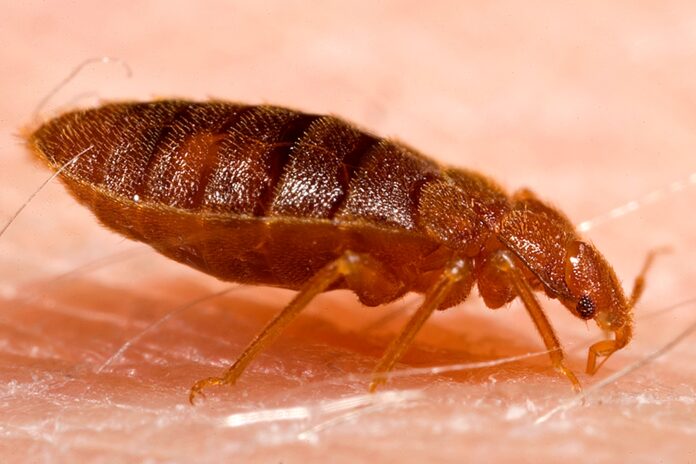
“You don’t realise quite how vulnerable our cars and taxis are to bed bugs until you’ve had an infestation.”” – Dominic Wyatt, International Drivers Association.
Bed bugs – these notorious hitchhikers are infesting more than our homes and beds. A growing concern in the United Kingdom is the creep of these unwelcome pests into our personal and shared cars. It’s time for drivers and passengers to understand the risks, learn how to spot the problem, and act decisively to protect our travel comfort and hygiene.
Knowing Your Enemy: What are Bed Bugs?
Bed Bugs, scientifically known as Cimex Lectularius, are small, oval insects. They are typically brownish in colour and survive on the blood of humans or animals. Adult bed bugs have sizeable bodies, similar to that of an apple seed with their bodies swelling after feeding.
They are super travellers, easily hitching rides in luggage, personal belongings, and yes – cars. They are hardy survivors and can thrive in various environments – including the fabric and upholstery of our vehicles.
The Unwanted Passenger: Bed Bugs in Cars
Why cars? Simple – Cars provide a perfect storm for these pests. Bed bugs are attracted to carbon dioxide, heat, and certain chemicals – all of which are found in abundance within cars. Plus, the constant influx of new passengers (and their belongings) make cars – and particularly taxis – a high-risk zone for infestation, as Dominic Wyatt of the International Drivers Association warned:
“Many people treat their cars as a personal, secure space, but it’s vital to remember that bed bugs don’t discriminate.”
Identifying the Issue: Signs of Bed Bugs
Bed bugs are small and elusive, but there are tell-tale signs of an infestation in your car:
-
Physical sightings: Though they’re tiny, you can spot the actual bugs in car seats, mats, and upholstery. Look also for their eggs or shed skin.
-
Blood stains: Left over from feeding, these can often be seen on light-coloured seats.
-
Distinctive smell: A sweet or musty odour often hints at a bed bug presence.
-
Bite marks: If you’re constantly itchy after every drive, bed bugs could be the cause.
Taking the Wheel: How to Get Rid of Bed Bugs in Your Car
Rid your car of this menace with these steps:
-
Vacuum: Carefully vacuum the entire car, especially under the mats and seats.
-
Chemical sprays: Certain chemical sprays specifically target bed bugs. Always ensure to follow the safety instructions.
-
Heat treatment: Bed bugs can’t survive in temperatures above 45°C. Consider professional car heat treatments that raise the temperature to levels lethal for the pests.
Of course, professional pest control services always remain a strong option if the infestation persists.
“The last thing anyone would want is a rampant bed bug infestation in their car,”_ states Dominic Wyatt of International Drivers Association, “Start early, act fast, and protect your personal space.”
The Cab Conundrum: Staying Bug-Safe in the Taxi
For the regular taxi commuter, bed bugs can put a damper on the commute. But, being aware and proactive can go a long way:
-
Inspection: Make a quick scan of the seats before settling down.
-
Barrier: If possible, place a barrier (like a towel) between you and the upholstery.
-
Minimize contact: Try to limit the contact of your personal belongings with the taxi’s upholstery.
“Staying bug-safe in taxis is largely about awareness and precaution,” advises Wyatt.
Our cars and taxis aren’t just modes to daily destinations. They’re our stress-busters, karaoke booths, catch-up spots with companions, and sometimes, even the zen zones of silence. Unwelcome guests like bed bugs have no place in them. With awareness, proactive measures, and quick action, we can keep these spaces as they were meant to be – personal, comfortable, and absolutely bug-free.
Help keep news FREE for our readers
Supporting your local community newspaper/online news outlet is crucial now more than ever. If you believe in independent journalism, then consider making a valuable contribution by making a one-time or monthly donation. We operate in rural areas where providing unbiased news can be challenging. Read More About Supporting The West Wales Chronicle






















